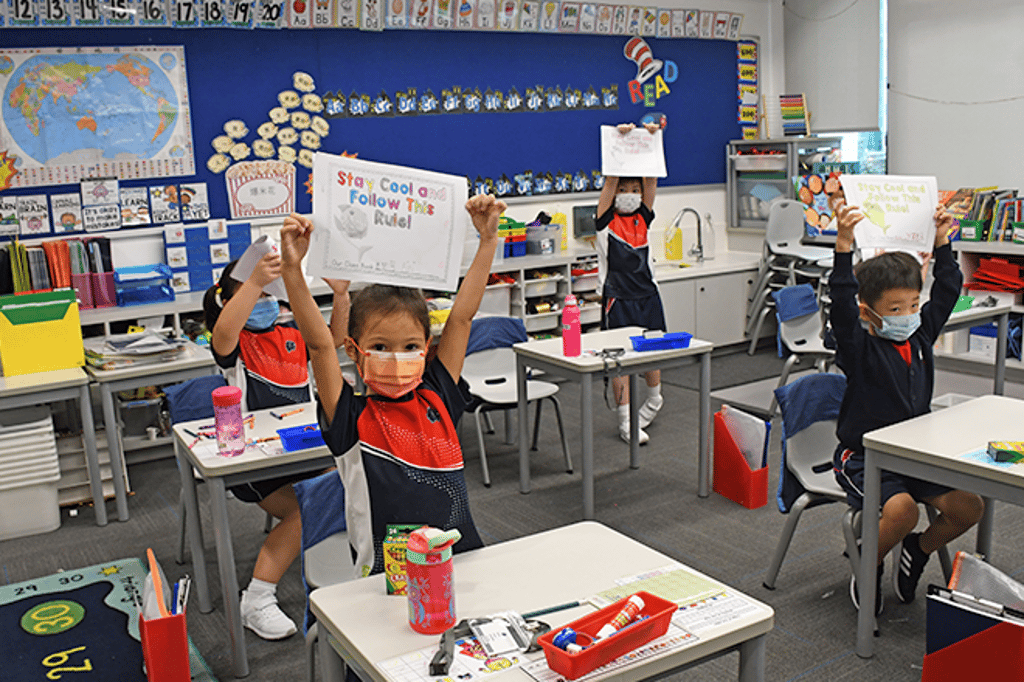One Size Doesn't Fit All: Individualized Learning at Stamford

[Sponsored Article]
Individualized and personalized learning have become buzzwords in the past decade, but what does individualized learning look like in the modern classroom?
Stamford American Schools Hong Kong focuses on nurturing individuals and promotes "individualized" as one of its core principles. What does that mean? Rose Chambers, Elementary Principal, explains.
What does this look like in a classroom setting?
First, it is essential to highlight that students are encouraged to share responsibility for their learning even in elementary school. They can understand and reflect on their progress from a young age. Teaching students the correct language and communicating clear, concise feedback creates a better learning partnership, moving away from "I don't get it." to comments such as, "I am having trouble brainstorming ideas for my writing."
Even in lower elementary, students recognize areas of success and challenges. Students use individualized checklists of skills during writing assignments, including capital letters or punctuation depending on the child's goals. Personalized lists allow students to focus on specific areas unique to them and edit their work instead of waiting for a teacher to "correct." By making corrections themselves, they can see mistakes as growth opportunities and feel achievement both in the learning process and outcome.

When you walk into a classroom delivering personalized learning, you immediately see the difference. Students are engaged in leading their knowledge, enthusiastic about the content, and more comfortable sharing what they do or do not know. You will see the teacher moving around the room, conferring with students, and students seeking peer feedback while working on their tasks individually. Before lessons, teachers must carefully plan how to introduce topics that catch the student's attention by taking a complicated idea or question and making it understandable in a real-world context. Students then ask questions to drive learning in a supportive risk-taking environment.
What about during online learning?
Personalization continues during online learning as teachers hold both whole group and small group lessons. In small group reading lessons, students are supported and challenged at similar comprehension levels by their teacher. In math, one group might work to understand the basics of long division with teacher support, while others work on a more complicated set of questions.